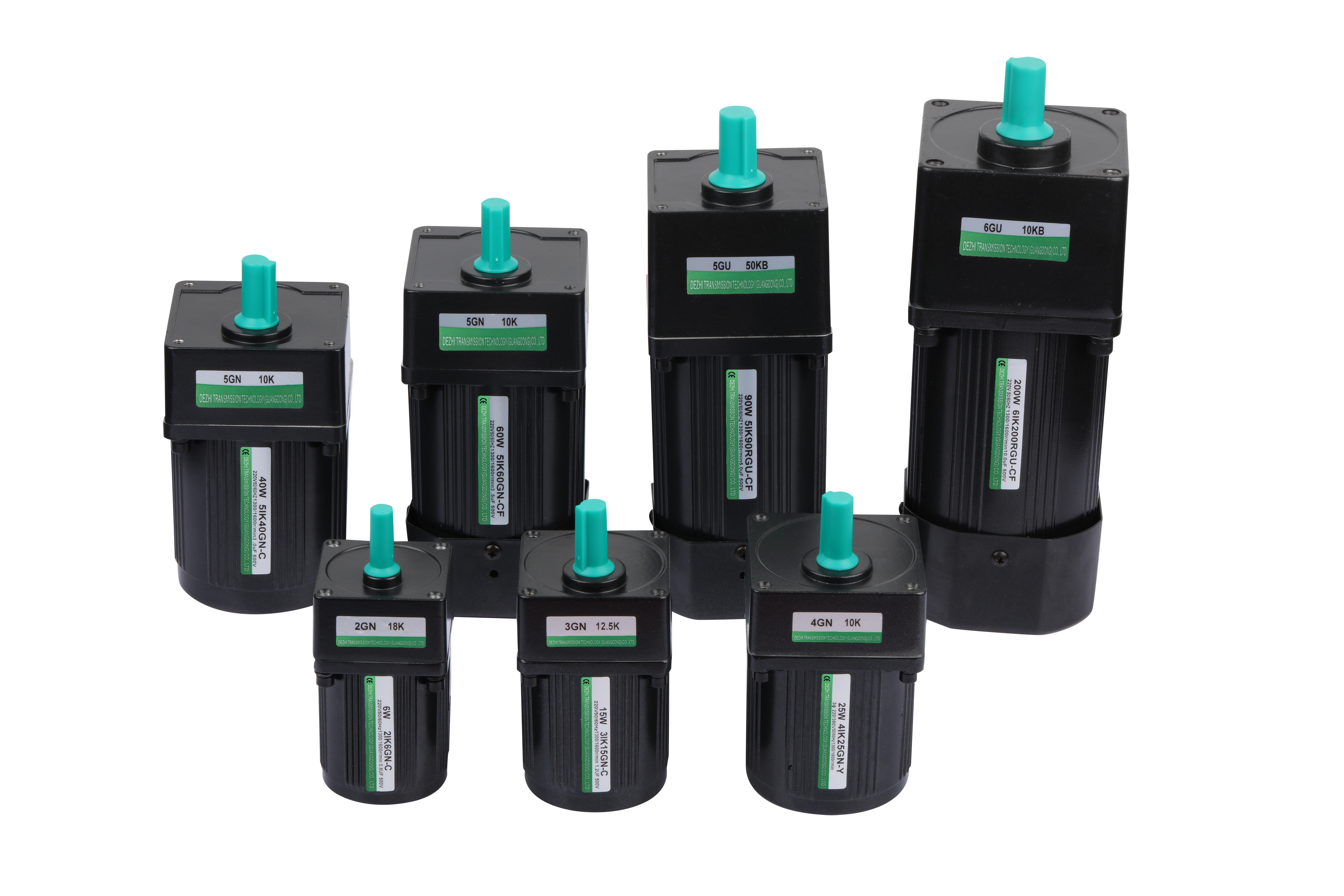Source:Industry News Release time:2022-10-18 Clicks:0 Popular:Reduction motor manufacturer

Linear reduction motor torque calculation formula
Linear reduction motor torque = 9550 × motor power ÷ motor power output speed × speed ratio × reduction motor efficiency (60%-96%)
Formula description: Within the same motor power and bearing range of the linear reduction motor, the larger the reduction ratio, the greater the output torque of the reduction motor and the slower the rotation speed. Similarly, when the output torque of the linear reduction motor is small, the smaller the reduction ratio, the faster the rotation speed.
Use of linear reduction motor torque calculation formula
The following revised linear gear motor torque calculation formula uses the wrong method, and compares the wrong method with the correct method to help you master the correct calculation formula.
1. Understand the motor power, speed ratio and usage coefficient efficiency, and calculate the torque formula of the linear reduction motor:
Error: linear reduction motor torque = 9550 × motor power ÷ motor power input speed × speed ratio × usage coefficient
Correct: linear reduction motor torque = 9550 × motor power ÷ motor power output speed × speed ratio × linear reduction motor efficiency
2. Understand the torque, output speed and usage coefficient efficiency of linear reduction motors, and calculate the power formula of linear reduction motors with motors:
Error: Motor power = torque ÷ 9550 × motor power input speed ÷ speed ratio ÷ working coefficient
Correct: Motor power = torque ÷ 9550 × motor power output speed ÷ speed ratio ÷ linear reduction motor efficiency
Calculate the transmission ratio of the linear reduction motor (also called the reduction ratio):
1. In a pair of gears, the gear with few teeth is called a small gear, and the gear with many teeth is called a large gear. If the number of teeth is the same, the driving gear is called a pinion and the driven gear is called a bull gear;
2. In the external gear, its operating direction is opposite to yours. The small gear rotates to the right and the large gear rotates to the left;
3. In a pair of internal gears, the two gears have the same running direction;
4. In a pair of gears, the number of operations is inversely proportional to the number of teeth. The small gear has more revolutions than the large gear. The ratio of the number of teeth of the linear reduction motor to the gear ratio: (i represents the reduction ratio)
Gear ratio i=number of teeth of large gear/number of teeth of small gear
Worm internal gear: gear ratio ⅰ = number of worm gear teeth/number of worms
Recommended reading
Stepper motor suppliers share three driving methods of stepper motor drivers
Related Information
Planetary reducer
2021-04-15Stepper motor
2020-12-21Planetary reducer
2021-04-15Stepper motor
2020-12-21CGX085
2021-01-13CGXZ085
2021-01-13Planetary reducer
2021-04-15Planetary reducer
2020-12-21Stepper motor
2021-04-14Stepper motor
2020-12-21CGXZK085
2021-01-13Fixed speed motor
2020-12-21CGX060
2021-01-13CGXZ142
2021-01-13CGXZK142
2021-01-13CGX115
2021-01-13CGX142
2021-01-13Stepper motor
2020-12-21